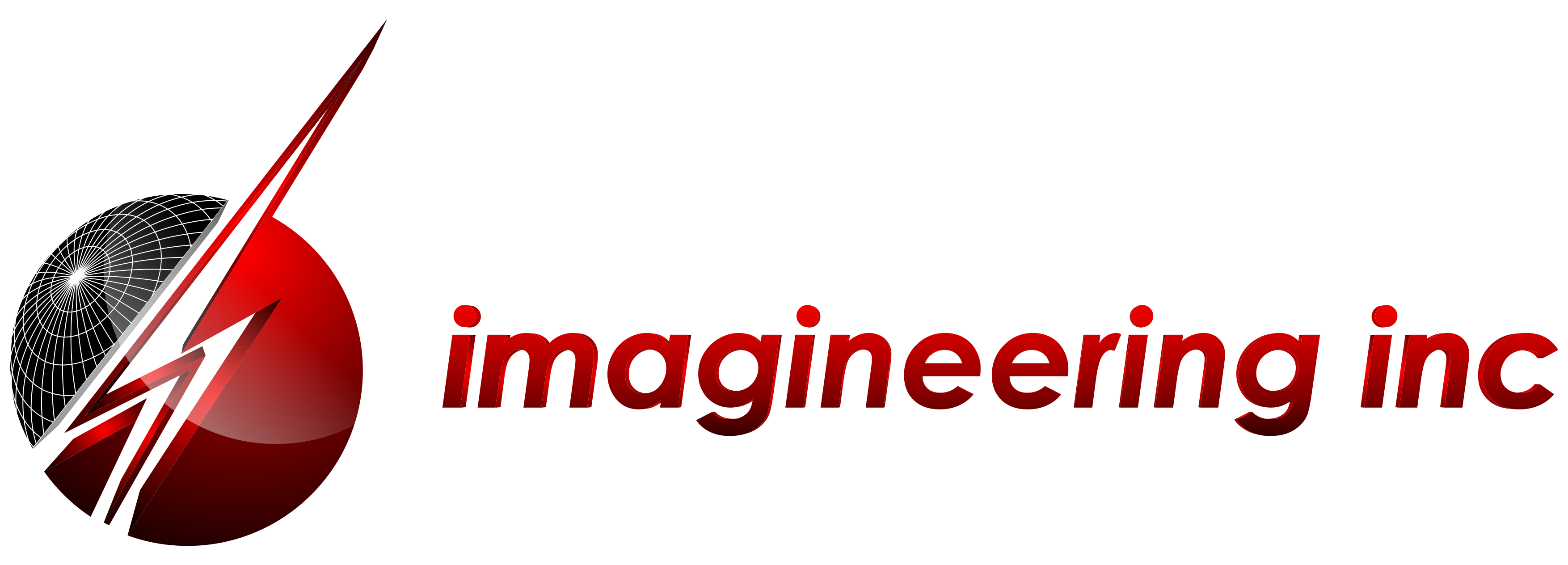There is one constant in the world of electronics and that is change itself. Technology is constantly evolving and along with it, the capabilities of technology are also changing. This is true of printed circuit-boards or more commonly known as PCBs in the industry. The Aerospace industry is one of those businesses that it is always on the lookout for more capable PCBs. Close tolerances, better heat resistance, and superior design as well as layout methods, is the name of the game when talking about PCB in Aerospace applications. The following is a list of protocols that need to be adhered to, to achieve the best PCB for the Aerospace industry.
- Using precise mil/spec techniques
- Ensuring shielded and clean signals
- Achieving proper aspect ratios
- Building-in additional cushion of electricity
- Using an extra layer and mechanical punctures
- Defining exact drill maps
- Keeping track of assembly information
- Using correct material for boards
PCB Manufacturing
Tolerance Levels
A competent business, such as Imagineering Inc, involved in PCB manufacturing, understands that there are different grades of circuit boards. The two basic types are commercial-grade and mil-spec. Electronic Manufacturing Services (EMS) created this distinction based on tolerance levels. Commercial-grade circuit boards have a tolerance rating of five to ten percent. Where as mil-spec boards will be as small as one to two percent. Aerospace grade circuit boards come within the category of mil-spec quality.
Toughness
The Aerospace industry puts a lot of importance on strength and reliability, down to the smallest part. Therefore, PCBs in the industry are designed with high aspect ratios. The ratio describes the relationship between the dimensions of the board and the via circuit. Ideally, the ratio should be 1:10 or lower. Circuit boards are designed essentially for one thing; and that is to transfer electricity. One way to increase the electric flow is to add another layer or cushion of current. So, for example, if the circuit board needs to handle three amps, then EMSs will make them able to handle four amps.
Keeping Things Apart
An important part of making Aerospace-grade printed circuit boards is keeping the ground and power planes as well as keeping high and low-frequency parts properly separated from each other. The penalty for not doing this is unacceptable amounts of noise and signal interference. Needless to say, this will not work in aerospace applications.
Reimagine with Imagineering Inc
For those who are looking for a company with a proven track record in the EMS business then they need to take a closer look at Imagineering Inc. Imagineering only uses top-of-line materials using state-of-the-art manufacturing techniques to create printed circuit boards. For example, Imagineering is a pioneer of sorts when it comes to jet solder paste. Jet solder paste is quickly becoming the gold standard in the high-precision world of PCB manufacturing.
The All-in-One Company
Imagineering Inc. has worked hard at creating a one-stop-shop for their customer’s electronic manufacturing needs. Whether it is components, bare boards, assembly, the company can take care of it all in one place, using their modern equipment. In fact, Imagineering’s manufacturing facilities have earned multiple recognitions and went on to acquire ISO-9002, QS-9000, ISO 14000 and AS-9100 certifications.
Imagineering has been working their trade for over 30 years and not surprisingly managed to rack-up an impressive customer list. Some of the most notable ones are HP, Sony, Whirlpool, Boeing, NASA and Lockheed Martin, to name a few. The company also supports original equipment manufacturers (OEM) to accomplish their assembly goals.


